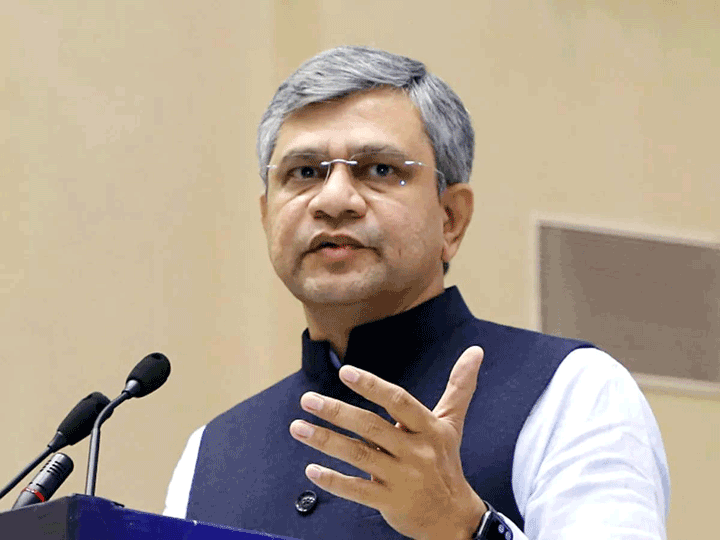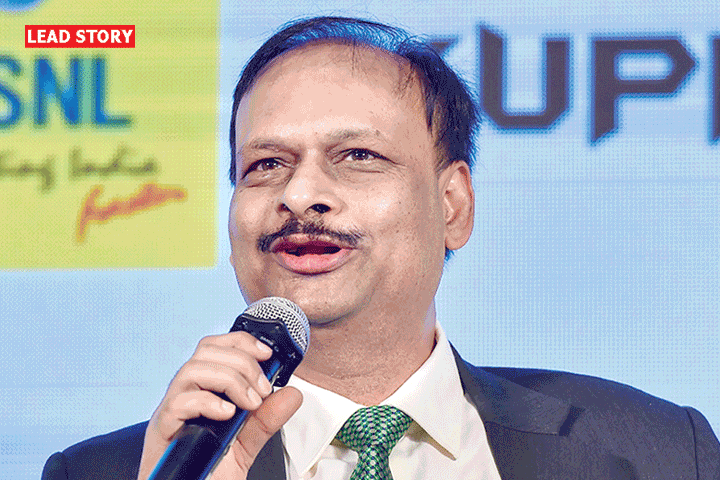Ericsson says it’s high time E and V bands made available to Indian telcos
Swedish telecom gear maker Ericsson said that it is pertinent that the E and V band spectrum is made available be it through the auction route or the recommended fee route to Indian telecom operators for last mile connectivity and to provide better customer experience in the country.
“I feel it is the right thing for the Indian Consumers to get E and V Band. The industry has to deploy microwave on the E band for the bottlenecks on transport (backhaul) to go away to provide customer experience. This is critical,” Nishant Batra, Head of Product Area Network Infrastructure, Ericsson, told ET.
Telecom secretary Aruna Sundararajan recently told ET that the telecom department will take up the regulator’s recommendations on the E&V bands on February 21.
The regulator had recommended that E-band spectrum should be charged at Rs 10,000 per annum per slot of 250 MHz each and there should be an initial promotional discount of 50% for three years from the date of allocation of the first carrier in this band. For spectrum in V-band, the Trai had recommended that it should be charged at Rs 1,000 per annum per slot of 50 MHz each.
“There are two things. One is to regulate, other is to auction. However, the important thing is that asset itself must be made available for consumer use…the asset has to come because the consumer will gain. The route is for the industry and the govt to decide. What I am advocating is not to regulate that asset anymore in terms of limitations,” he further added.
Spectrum in E and V band can ease work of telecom operator from laying optical fiber cable, and help them in providing last mile connectivity. Data through E and V band can be transmitted with speed of around 1,000 MB per second.
Batra said that availability of these bands will help the country’s 4G network immensely. “If you cannot put fiber everywhere, you need to opt for microwave. So, what are the options available to you apart from E and V?…if the backhaul is congested, what is the way out? In India, we can’t talk about peak throughput,” he added.
Globally, the executive said that Ericsson’s E band shipments at an all-time high including eastern European countries who are progressively giving the spectrum. “Spectrum is an asset that is needed for a country like India that is challenged for the last mile,” he added.
The executive also said that telecom operators need to ramp up investments in upping cell capacity of broadband sites to cater to the surging data consumption and to improve customer experience.
“Given the rapidly increasing data traffic in India, Indian operators have to predominantly focus on cell capacity, given the cost to ARPU ratio India has. With the coming in of AR and VR in mobile apps and the way data traffic is increasing, the cell capacity needs of operators is only going to increase,” Batra said.
The executive said that the cell capacity is what global operators are going after aggressively compared to just peak rates or data throughput.
“It’s one thing to provide speeds of up to 1 GBPS, but it’s another thing to say that my cell capacity allows speeds of 100 MBPS consistently to everyone. in the country,” he explained.
Indian telcos have already started deployment of technologies like carrier aggregation, Massive MIMO, small cells, and even adding additional sites to increase cell capacity for better customer experience.
Bharti Airtel, India’s leading telco has already deployed Massive MIMO and carrier aggregation in certain circles where it was experiencing capacity crunch, and is planning to extend the deployment to other high demand circles. Other telcos like Vodafone, Idea Cellular and Reliance Jio have also been trialling these technologies in certain circles.
“Irrespective of expansion into new geographical areas, the key for telecom operators is to address the needs of their current customer base in metropolitan areas,” Batra said, adding that Ericsson is focusing on technologies that take the congestion away.











